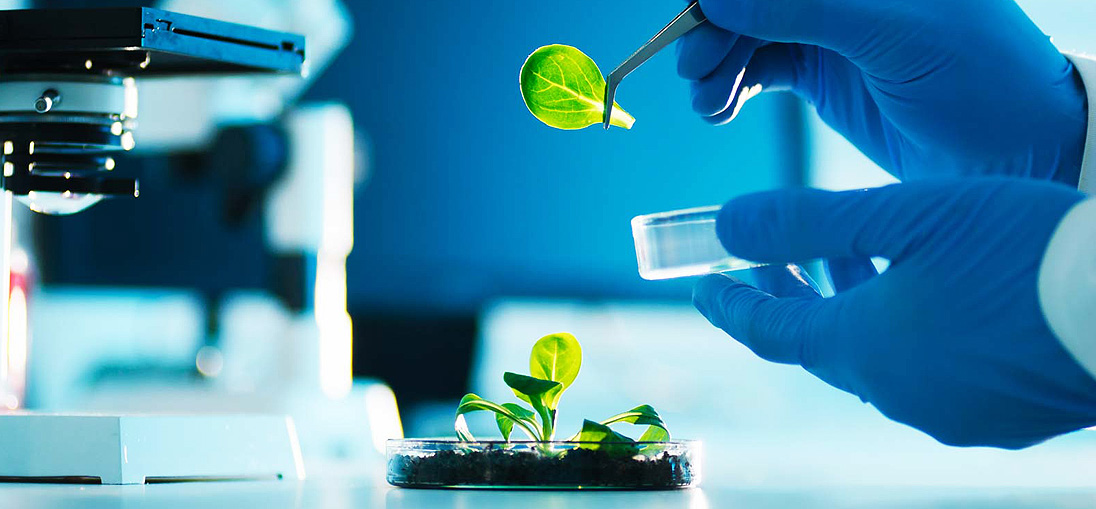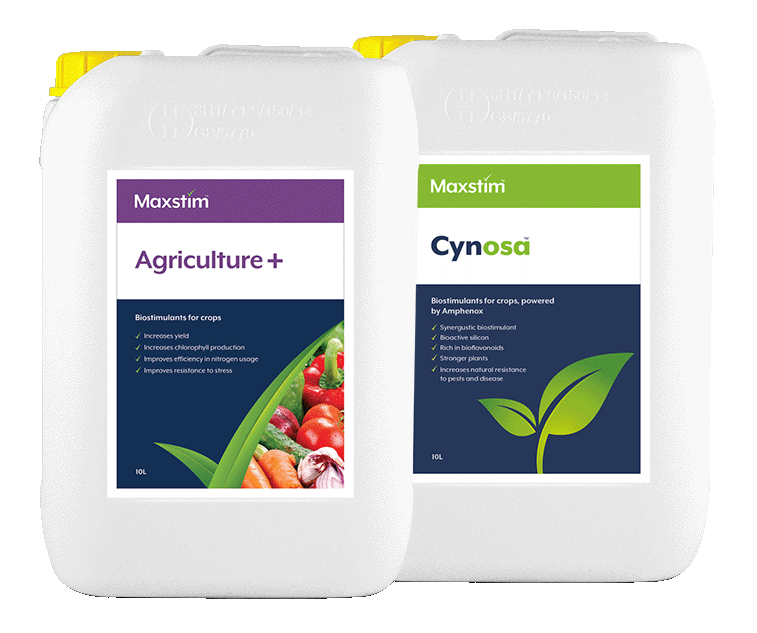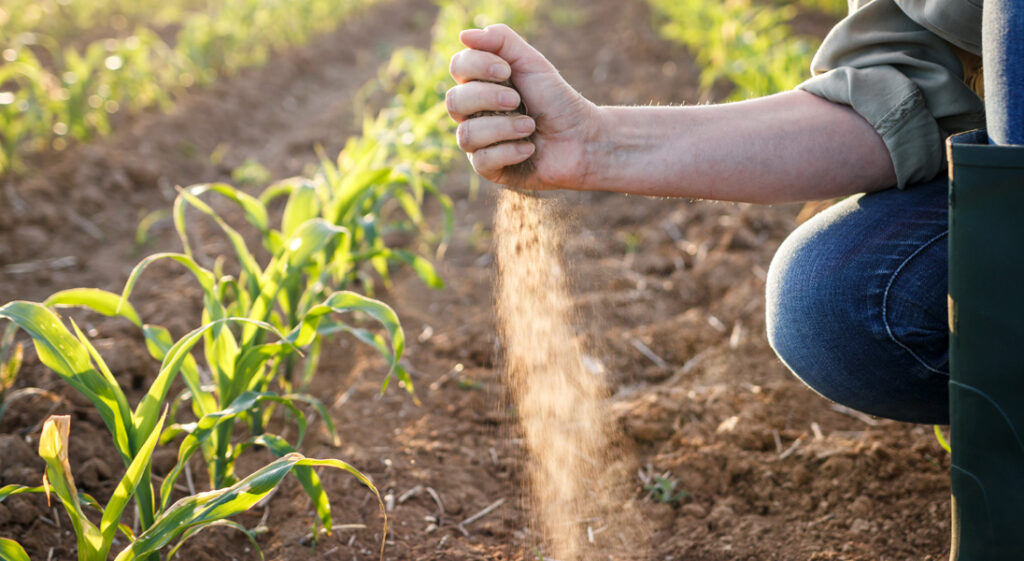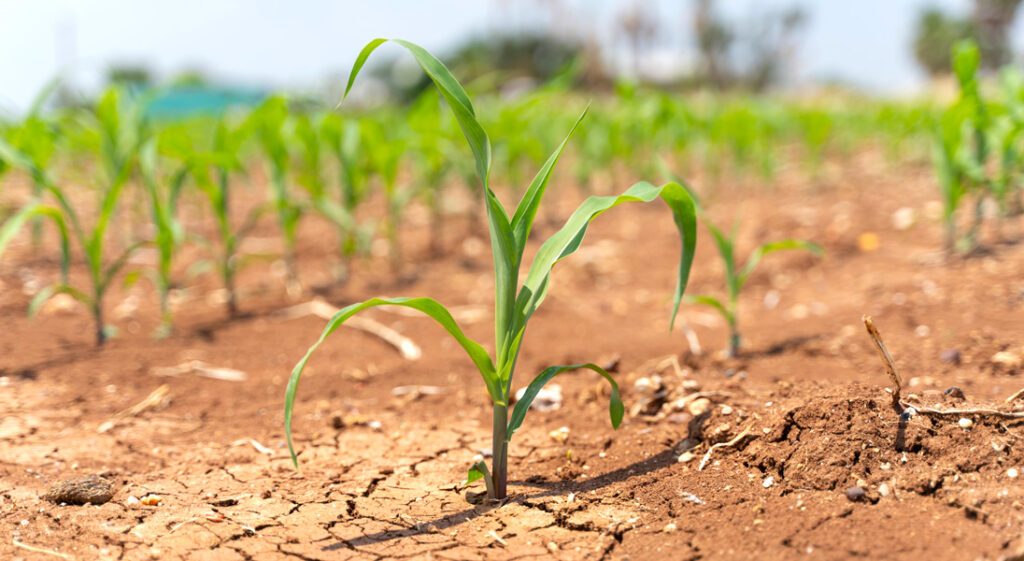What are the different types of biostimulants
Insight

Increasing numbers of growers around the globe are adopting the use of biostimulants in their production practices. Agriculture and growers are facing increasing challenges to reduce the environmental impact of production as well as using available resources more efficiently. With more research and innovation emerging regarding biostimulant technology, the potential of biostimulants to improve growth, yields and crop quality has made this a more attractive and reliable tool for growers to implement.
A more traditional approach to improve crop quality and yield was the widespread use of fertilisers, both organic ones that are derived from plant or animal sources, or chemical fertilisers that are synthetic forms of plant nutrients or heavily mined minerals. Whilst their initial application can give the appearance of plants being boosted, their overuse has resulted in extensive soil damage as well as being an expensive option both financially and environmentally (Read – How biostimulants can help solve the fertiliser problem).
But there are other ways to achieve better crop quality and yields without so much reliance on these costs. As evidenced by the growing uptake of biostimulants by growers, for many, these products are the answer.
What options are available for those growers looking to implement a biostimulant regime? And what is the difference between different types of biostimulant?
Microbial biostimulants
Microbial biostimulants and plant growth-promoting rhizobacteria, involve the introduction of non-pathogenic bacteria and mycorrhizal fungi to the plant. These are used in the rhizosphere, and their presence can promote plant growth and enhance soil productivity. Some of the commonly used bacteria include Bacillus, Arthrobacter, Rhodococcus, Enterobacter and Rhizobium. However, for agricultural applications, the microorganisms need to be carefully selected. The impact of both native microorganisms and the introduction of isolated non-native microorganisms need to be considered to ensure they are tailored to the grower’s needs and provide the best results.
Simple biostimulants
These compounds consist of just one single source in each product, such as:
- Seaweed extracts. These can have a beneficial effect on the activation of native soil microorganisms, as well as being a rich source of bioactive compounds.
- Hydrolysed proteins. These are obtained from hydrolysis of animal and plant material rich in proteins and improve vegetative growth and crop yield.
- Amino acids. Amino acids promote plant growth and production quality even when under environmental stress.
- Fulvic and humic acids. Both of these are humic substances that typically result from the decomposition of organic matter. Fulvic acids can often be found in clay, sand and mud, and humic acids are most often found in soils, plants, seagrasses, fungi and marine waters. They contribute to healthy soil, make nutrients more accessible to plants, stimulate root development, help a plant absorb water more efficiently and are able to modify the toxicity of heavy metals in the soil.
Complex biostimulants
Complex biostimulants contain multiple compounds from multiple sources. These biostimulants work synergistically creating a greater effect together than the benefits recorded individually. This means that the results observed following application of complex biostimulants (such as Maxstim products) is greater than the sum of each component. Plants are complex organisms and often they need complex solutions to stimulate their complex metabolic processes.
Maxstim products have been developed to deliver this powerful synergistic effect and deliver the most beneficial results improving both crop quality and yield. Our patented Amphenox formula consists of a unique combination of bioflavonoids and polyphenols capable of boosting crop growth and stress management at all stages of plant development.
Using Maxstim complex biostimulants, crops have shown significantly higher yields, better resistance to disease & stress along with stronger leaf & stem structures.

For more information about how Maxstim could fit into your schedule, call:
Tim Cannon
Email: tim.cannon@maxstim.com
Mobile: 07884 586191
Tony Kelly
Email: tony.kelly@maxstim.com
Mobile: 07974 435417

